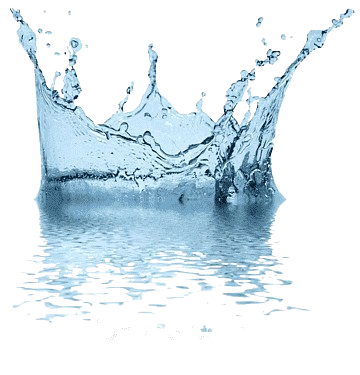Distribution Of Water

Key Notes :
Water on Earth:
- Approximately 71% of Earth’s surface is covered by water.
- However, only about 3% of this water is freshwater, and the remaining 97% is saltwater found in oceans.
Distribution of Freshwater:
- Of the 3% of freshwater, most (about 68%) is stored in glaciers and ice caps.
- Only 30% of freshwater is found in groundwater, while only 0.3% is available in rivers, lakes, and reservoirs.
Water in Oceans:
- Oceans cover around 71% of the Earth’s surface and contain about 97% of the planet’s water.
- The water in oceans is salty, and its salinity prevents it from being directly usable for drinking or irrigation without desalination.
Groundwater:
- Groundwater is a vital source of drinking water and irrigation, found beneath the Earth’s surface in aquifers.
- Wells and springs are used to access groundwater.
Rivers and Lakes:
- Rivers and lakes provide accessible freshwater for human consumption, irrigation, and other uses.
- However, these sources are limited and can be affected by pollution, drought, and overuse.
Water Cycle:
- Water is constantly recycled through the water cycle, which includes evaporation, condensation, precipitation, and runoff.
- This cycle helps to redistribute water around the planet.
Impact of Human Activities:
- Human activities, such as agriculture, industrial use, and urbanization, affect the distribution and availability of freshwater.
- Pollution, climate change, and overconsumption are key challenges in water distribution.
Access to Water:
- Access to water varies by region. Some areas have abundant freshwater resources, while others face water scarcity.
- Countries in arid regions or those with high population density often face challenges in water distribution.
Water Conservation:
- It is important to conserve water to ensure its availability for future generations.
- Strategies include reducing wastage, using water-efficient technologies, and promoting sustainable practices.
Let’s practice!

